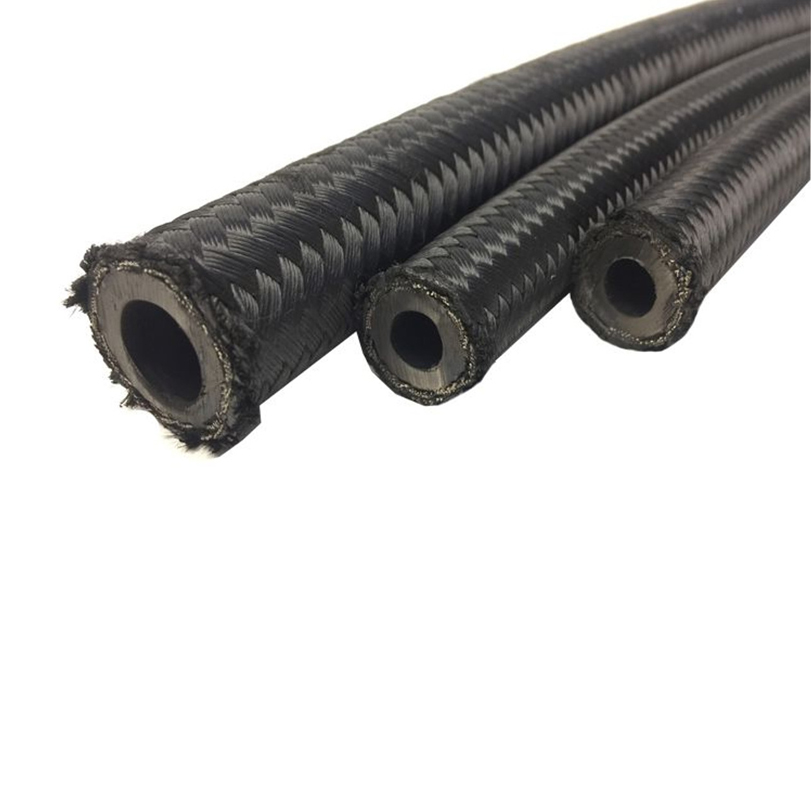335345435
gru . 29, 2024 11:59 Back to list
Understanding Hose and Hose Fittings for Various Applications and Industries
Understanding Hose and Hose Fittings Essential Components for Fluid Transfer Systems
In industrial and mechanical applications, the effective transfer of fluids is crucial for operational efficiency. A key component of any fluid transfer system is the hose and hose fittings. Understanding the types, uses, and specifications of hoses and fittings can help in selecting the right components for your specific application. This article dives into the world of hoses and hose fittings, emphasizing their importance, types, and factors to consider when making a selection.
Hoses A Vital Link
Hoses are flexible tubes designed to transport fluids, gases, or slurries from one location to another. They come in various materials, sizes, and pressure ratings. The material of a hose is often determined by the fluid it will carry. Common hose materials include rubber, PVC (polyvinyl chloride), polyurethane, and Teflon, each offering unique advantages.
1. Rubber Hoses Widely used due to their flexibility and durability, rubber hoses can withstand extreme temperatures and pressures, making them ideal for heavy-duty applications in industries such as agriculture, construction, and oil and gas.
2. PVC Hoses Lightweight and resistant to corrosion, PVC hoses are often used in applications that require the transportation of chemicals or water. However, they may not be suitable for high-pressure situations.
3. Polyurethane Hoses Known for their abrasion resistance and flexibility, polyurethane hoses are often used in pneumatic applications and for transporting materials in mining and construction.
4. Teflon Hoses Ideal for transporting corrosive substances, Teflon hoses, also known as PTFE hoses, have excellent chemical resistance and can handle high temperatures.
Understanding Hose Fittings
Hose fittings are the components that connect hoses to various equipment or systems. They play a critical role in ensuring a leak-proof connection, preventing fluid loss, and maintaining system integrity. Hose fittings come in various types, including
1. Barbed Fittings Commonly used in low-pressure applications, barbed fittings create a secure connection by using the barbs along the fitting's body to grip the hose.
hose and hose fittings pdf

3. Cam and Groove Fittings Often used in industrial applications for quick connections, cam and groove fittings allow hoses to be quickly connected and disconnected without tools.
4. Quick Connect Couplings These fittings enable fast connections and disconnections with minimal effort, making them ideal for applications where hoses are frequently changed or require quick access.
Key Considerations for Selection
When selecting hoses and fittings, several factors must be taken into account to ensure compatibility and functionality
1. Fluid Characteristics Consider the type of fluid being transferred—its temperature, pressure, and chemical compatibility. This will influence the choice of hose material and fitting type.
2. Operating Conditions Assess the environment in which the hose will be used. Factors such as temperature extremes, exposure to UV or ozone, and physical abrasion can impact hose performance.
3. Pressure Rating Each hose is designed to handle a specific pressure range. Exceeding these limits can cause hoses to burst or fittings to disconnect, leading to safety hazards and system failures.
4. Size and Length Make sure to choose the appropriate hose diameter and length for your application. An incorrectly sized hose can impede flow rates, resulting in inefficiencies.
5. Regulatory Compliance Depending on the industry, some applications may require hoses and fittings to meet certain regulatory standards regarding safety and performance.
Conclusion
Hoses and hose fittings are critical components in a multitude of applications where the transfer of fluids is necessary. Understanding their characteristics, types, and selection criteria can significantly enhance the effectiveness and safety of your fluid transfer systems. By carefully considering the unique requirements of your application, you can ensure that you select the right hoses and fittings, leading to improved operational efficiency and reduced downtime in your processes. Whether for industrial, agricultural, or commercial use, the proper management of these components is vital for any fluid handling system.
-
SAE 100 R17 Black Smooth Cover Hydraulic Hose
NewsMar.07,2025
-
SAE 100 R17 Black Smooth Cover Hydraulic Hose
NewsMar.07,2025
-
SAE 100 R17 Black Smooth Cover Hydraulic Hose
NewsMar.07,2025
-
SAE 100 R17 Black Smooth Cover Hydraulic Hose
NewsMar.07,2025
-
SAE 100 R17 Black Smooth Cover Hydraulic Hose
NewsMar.07,2025
-
steel wire braided hydraulic hose
NewsMar.07,2025



